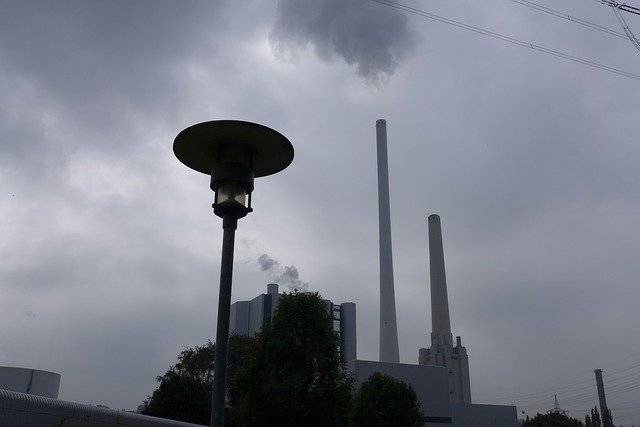Carbon Emission Cost Tumbles
The climate policy in the European Union largely centres around the ETS (Emission Trading Scheme) which attempts to limit the emissions produced by industry. Each unit of carbon dioxide (a tonne) is allocated a price via a permit scheme, basically permission to emit that unit. The idea being that a market based trading system would give companies an incentive to reduce their emissions especially when the costs of the permits were high.
They have been high previously, in fact the record cost was more than 32 Euros, however this month the cost has plummeted to about 4 Euros. The problems are basically similar to the issues that were faced when the scheme was first started – there are two many permits. Industries have lobbied governments so effectively that the there has been serious oversupply in the market of these carbon permits.
The latest free fall has begun because a proposal to limit these permits was defeated in the European Parliament. As it stands 900million more permits are scheduled to be released into the market which obviously sent the price into a downward spiral. Analysts believe that any price below 20 Euros gives a very low incentive to reduce their carbon emissions.
At this price it is simply not worth companies investing in technology and systems to reduce their carbon footprint. Buying the permits to produce more CO2 is a much cheaper and simpler option. In a market driven system like the ETS then the cheapest option is the one normally selected.
The overall aim and structure of the ETS is sound however the over supply of permits is simply making the system ineffective. However different countries have different agendas to follow and this effects the ETS. For example get yourself a Polish IP address – see here and monitor how the issue is covered in Poland a country heavily dependent on fossil fuels and heavy industry. These companies have a huge economic incentive to keep the costs of the permits low.
